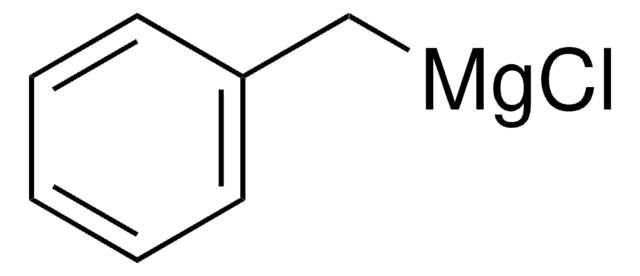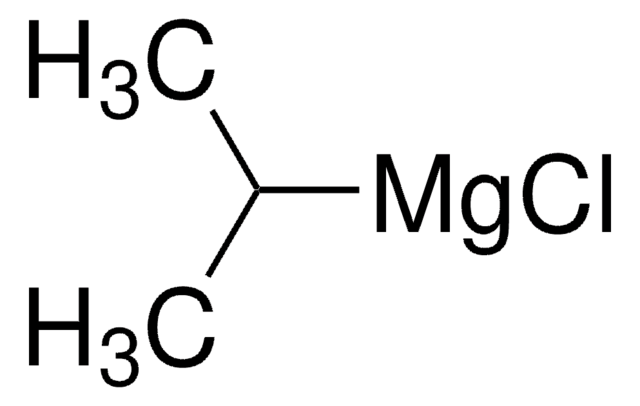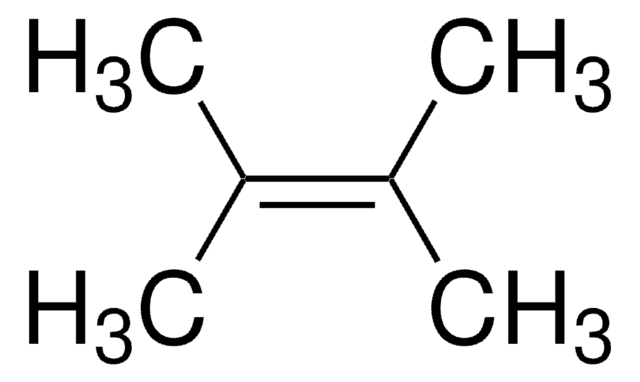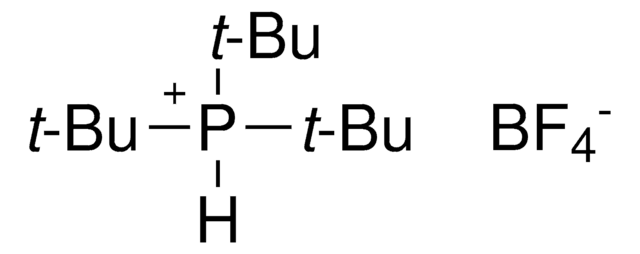All Photos(1)
About This Item
Linear Formula:
ZnCl2
CAS Number:
Molecular Weight:
136.30
MDL number:
UNSPSC Code:
12352302
PubChem Substance ID:
NACRES:
NA.55
grade:
for analytical purposes
form:
liquid
Recommended Products
grade
for analytical purposes
Quality Level
form
liquid
concentration
0.95-1.10 M (silver nitrate titration)
1.0 M in diethyl ether
density
0.835 g/mL at 25 °C
SMILES string
Cl[Zn]Cl
InChI
1S/2ClH.Zn/h2*1H;/q;;+2/p-2
InChI key
JIAARYAFYJHUJI-UHFFFAOYSA-L
Looking for similar products? Visit Product Comparison Guide
General description
Zinc chloride in combination with 1-ethyl-3-methylimidazolium chloride comprises a molten salt, which is employed in the electrodeposition studies of zinc on various substrates (glassy carbon and nickel). ZnCl2 participates as a catalyst in the preparation of carbonyl-methylene condensation products and poly(propylene fumarate).
Signal Word
Danger
Hazard Statements
Precautionary Statements
Hazard Classifications
Acute Tox. 4 Oral - Aquatic Chronic 2 - Eye Dam. 1 - Flam. Liq. 2 - Skin Corr. 1B - STOT SE 3
Target Organs
Central nervous system, Respiratory system
Supplementary Hazards
Storage Class Code
3 - Flammable liquids
WGK
WGK 3
Flash Point(F)
-40.0 °F - closed cup
Flash Point(C)
-40 °C - closed cup
Choose from one of the most recent versions:
Already Own This Product?
Find documentation for the products that you have recently purchased in the Document Library.
Customers Also Viewed
Electrodeposition of zinc from a Lewis acidic zinc chloride-1-ethyl-3-methylimidazolium chloride molten salt.
Lin Y-F and Sun I.
Electrochimica Acta, 44(16), 2771-2777 (1999)
Zinc chloride as a new catalyst for Knoevenagel condensation.
Shanthan RP and Venkataratnam RV.
Tetrahedron Letters, 32(41), 5821-5822 (1991)
Albert K Shung et al.
Journal of biomaterials science. Polymer edition, 13(1), 95-108 (2002-05-11)
Diethyl fumarate and propylene glycol were reacted in the presence of a zinc chloride catalyst to synthesize poly(propylene fumarate) (PPF) over a period of 12 hours. The kinetics of the transesterification polymerization at 130 degrees C, 150 degrees C, and
Kaushik Nath et al.
Environmental science and pollution research international, 20(6), 4030-4045 (2012-12-06)
Utilization of agrowaste materials for the production of activated carbon, as an excellent adsorbent with large surface area, is well established industrially, for dephenolation of wastewater. In the present work, dried pods of Prosopis cineraria-a novel and low-cost agrowaste material-were
İbrahim Gülseren et al.
Food chemistry, 135(2), 770-774 (2012-08-08)
Whey protein isolate (WPI) nanoparticles were prepared using ethanol desolvation, and their capacity to incorporate ZnCl(2) was analysed. Desolvation was carried out at pH 9 and the volume of added ethanol was 0-3 times the volume of protein solution. The
Our team of scientists has experience in all areas of research including Life Science, Material Science, Chemical Synthesis, Chromatography, Analytical and many others.
Contact Technical Service










